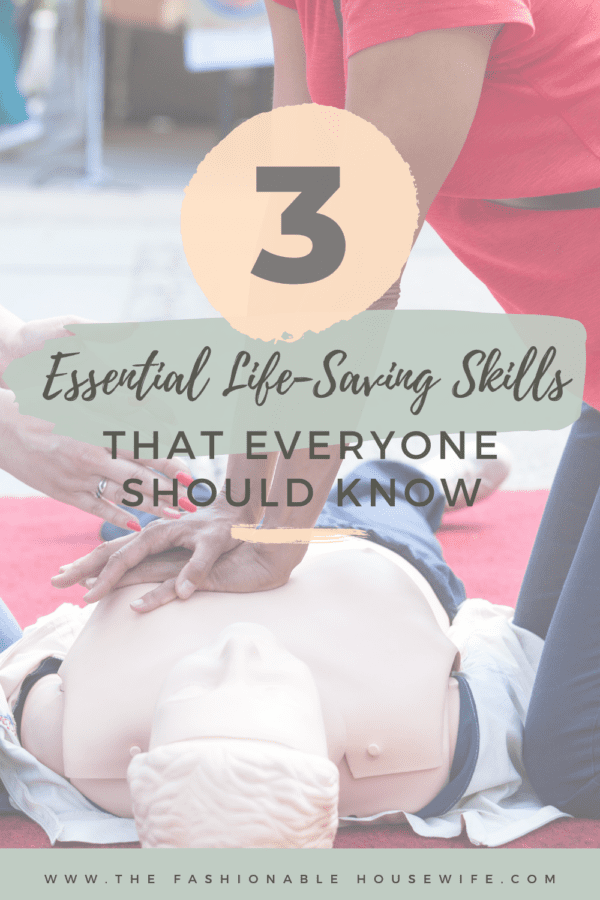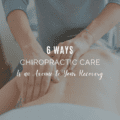
Basic life-saving skills can immensely benefit you, your kids, or people you don’t know. Injuries are inevitable, but the chances of reducing complications or an aggravated situation depend largely on the vital skills you employ in the first few minutes. In the US, statistics indicate that a little less than 50% of the time, bystanders know how to save someone who has suffered cardiac arrest. Fortunately, when more people learn life-saving skills, they can protect themselves and others. What are some of these vital skills? Here are a few worth talking about.
- Cardiopulmonary resuscitation or CPR
The main objective of this life-saving skill is to maintain steady blood flow to vital organs like the heart. The idea is to resuscitate the person who may have lost consciousness from heart failure or blocked airways. With timed chest compressions and rescue breaths, you can save the lives of others before specialized medical help arrives. Those compressions may be all it takes to give a loved one or a stranger a slim chance at survival. Medical reports say 350,000 cardiac arrests happen in non-medical environments. Due to the prevalence of this situation, victims may be fortunate to recover because someone has applied this timely life-saving skill. It is important to know that CPR differs depending on the situation and the person involved. There are adult, child, and infant skills worth learning. You never know when this skill will be useful. By achieving CPR certification through a basic course, you could be the crucial difference between life and death in emergency situations.
- Water safety skills
Swimming is one of the first-line defenses against drowning. Although it is not always a given that knowing how to swim is enough to save you, having basic knowledge of it can make a significant difference between you and a non-swimmer. However, it doesn’t end there. According to research, a lack of water safety skills is the third leading cause of unintentional injuries and fatalities. Moreover, you don’t need to be at the pool or beach to be at risk of such events. For instance, a flash flood can present a fertile situation to cause water-related injuries. The point here is to arm yourself with the requisite skills and ample knowledge of what not to do in these dangerous situations.
- Using a first-aid kit
It is impressive that more than half of American adults keep first aid kits close by. A 2022 survey revealed that 60% of adults in the country find it comforting to keep emergency supplies in their vehicles and homes. Once again, this rides on the premise of knowing what to do before medical help arrives at the scene or until you can reach the emergency room. The truth is that the most common injuries require cleaning to prevent germs from getting access to the site. The idea is to stabilize the injured site in the event of a fracture to reduce further nerve damage. Your knowledge about splints can set broken bones into the right position until the specialists take over. In situations like a car accident or natural disaster, your first aid skills will be immensely useful in saving lives.








